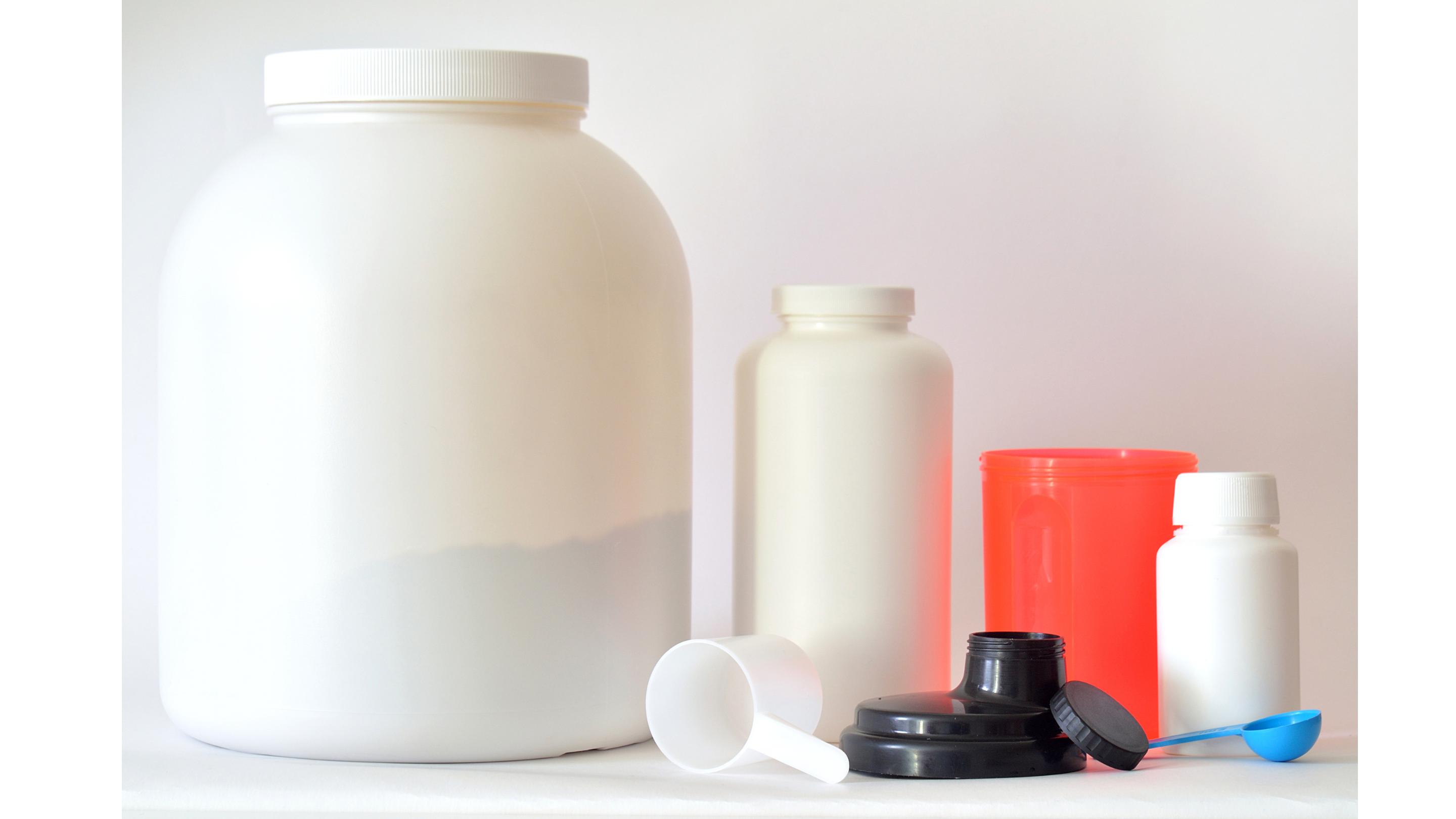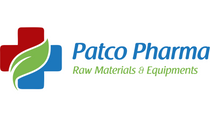
Revolutionising HDPE Tablet Container Manufacturing: Latest Trends and Innovations
HDPE (High-Density Polyethylene) is a popular material choice for manufacturing tablet containers due to its durability, chemical resistance, and low cost. Over the years, HDPE tablet container manufacturing has undergone several advancements to enhance the quality of the containers while reducing production costs. In this blog, we will discuss some of the latest trends in HDPE tablet container manufacturing.
- Advanced Blow Molding Techniques
Blow molding is the most commonly used manufacturing technique for HDPE tablet containers. However, advancements in blow molding techniques have enabled manufacturers to produce containers with higher precision and consistency. For instance, using extrusion blow molding, manufacturers can produce containers with complex shapes, thin walls, and customized designs. Additionally, manufacturers can now use multi-layer blow molding to produce containers with better barrier properties, which is crucial for storing sensitive drugs.
- Eco-Friendly Manufacturing
Consumers are increasingly becoming environmentally conscious, and this has prompted manufacturers to adopt eco-friendly manufacturing practices. In HDPE tablet container manufacturing, this trend has led to the development of biodegradable and compostable containers. These containers are made from renewable materials such as corn starch and can decompose naturally, reducing the environmental impact of plastic waste.
- Smart Packaging
Smart packaging refers to the use of technology to enhance the functionality of packaging. In HDPE tablet container manufacturing, this trend has led to the development of containers with integrated sensors and RFID tags. These sensors can detect the temperature, humidity, and light exposure of the container, providing real-time data on the condition of the tablets. This data is crucial for ensuring the quality and safety of the drugs, especially during transportation and storage.
- Automation and Robotics
Automation and robotics are transforming the manufacturing industry, and HDPE tablet container manufacturing is no exception. Automation and robotics can improve the speed and accuracy of production, reducing labor costs and enhancing the quality of the containers. For instance, manufacturers can use automated systems to perform quality control checks, ensuring that each container meets the required standards.
- Customisation
Customisation is a growing trend in HDPE tablet container manufacturing. Manufacturers can now produce containers with customised colors, shapes, and sizes, allowing them to meet the unique requirements of different customers. Additionally, manufacturers can use digital printing to produce high-quality graphics and designs on the containers, enhancing their visual appeal.
In conclusion, HDPE tablet container manufacturing has undergone several advancements in recent years, driven by the need for higher quality, cost-effectiveness, and sustainability. Manufacturers who keep up with these trends can gain a competitive advantage in the market by producing high-quality containers that meet the unique needs of their customers.

